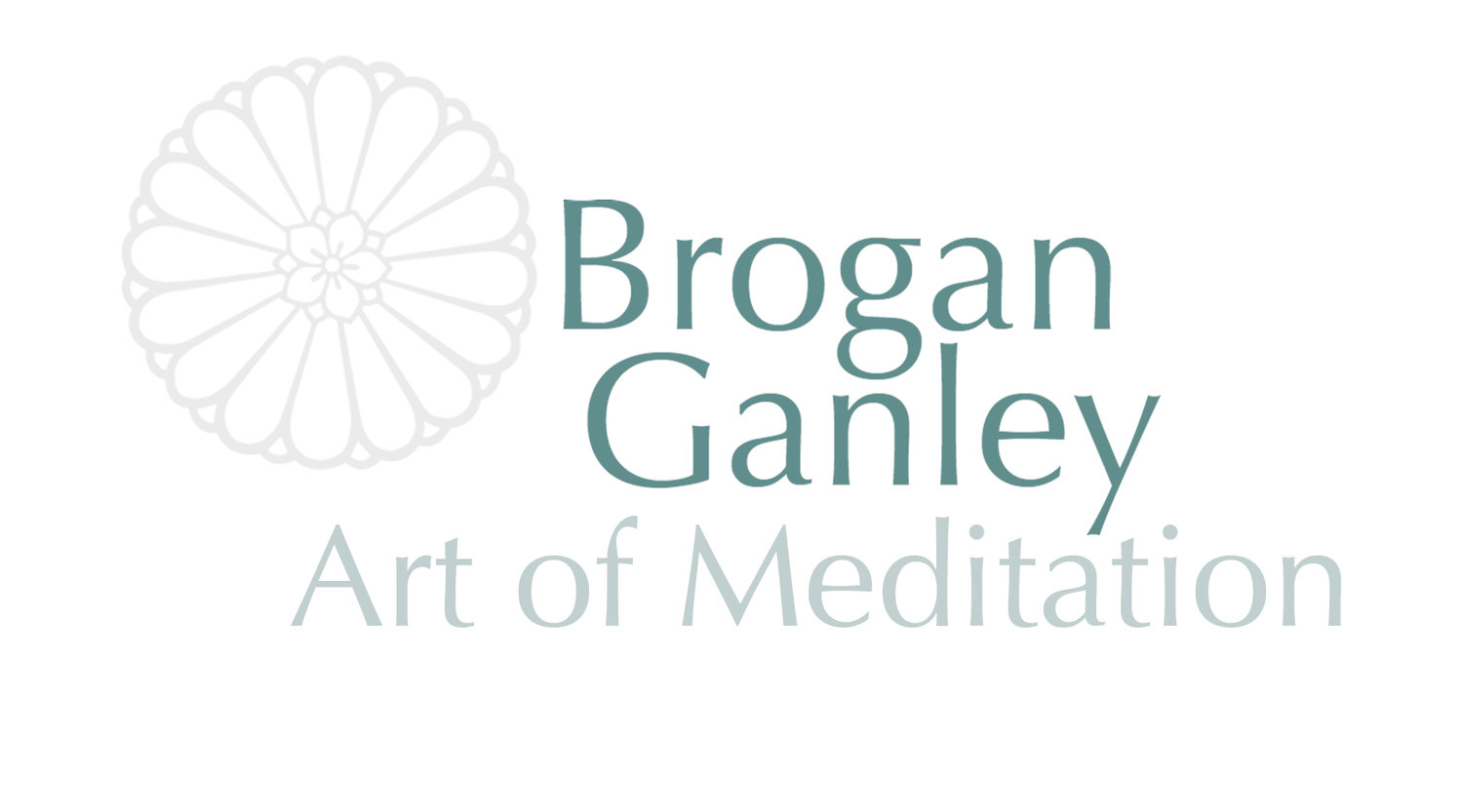How to make a New Year's Resolution Stick!
/“For last year's words belong to last year's language
And next year's words await another voice.
And to make an end is to make a beginning."
(Little Gidding)”
― T.S. Eliot
We all hope for a fresh start to the New Year, especially when times are tough and the past year has been challenging. New Years can be a wonderful opportunity for reflection and a time of hope for the year ahead.
What will you write in the chapter ahead? What have you learned in the past year that has helped you to grow and move forward? Are there things in your life you need to change?
Are you someone who makes a New Year’s resolution? Have you made them in the past and then by March forgotten what they even were?
It’s important to set new challenges for ourselves, goals we want to achieve, maybe a shift in a behavior or pattern, because this keeps us moving forward and gives us hope.
I’ve been thinking about what is involved when we try to make changes and the resilience required if we actually want to stick with these. …
There are many lessons we can take from a meditation practice out into “real life.” When we sit and meditate we have to bring ourselves back to our focus over and over again to stay on the path. When sticking to a challenge we have set for ourselves, we must do the same thing. There are a number of parallels between the two actions.
When you set out in the New Year with your resolution, or at any time you want to make a change, you might consider these:
1. Know you may wander off course. At some point you will probably get off track. In our meditation practice when we take our seats, we know that our minds will wander. It is what the mind does. When we set a challenge, we know that it may not be a direct course. Maybe we have decided we are going to exercise every week, then one week we don’t…. where do we go from here? Give up, throw in the towel? No – we move to step 2!
2. No judgment. When we notice our minds have wandered in meditation, we do not judge ourselves harshly for this. We simply become aware. The longer we meditate the easier this becomes. With a challenge, we can do the same thing. Notice that you have strayed from your goal, but do not judge. There is no “I’m hopeless I can never do this.” Instead, there's just awareness. Use compassion towards yourself, keep an open heart, and move on to step 3!
3. Redirect. In meditation once we notice our wandering mind, we simply redirect and bring it back to our focus. When you have strayed from your plan, do the same thing, simply bring yourself back on track and carry on. No one is perfect, this is what it is to be human.
By continually noticing you have gotten off course and redirecting yourself with compassion, you may begin to be aware of what happens right before you go off course. You might start to be able to redirect or reconnect before that happens.
So for this new year ahead, let us be strong and face our challenges with kindness to ourselves, focus, and perseverance.
We all need resilience to remain active.
Happy New Year, Be well,
Brogan





